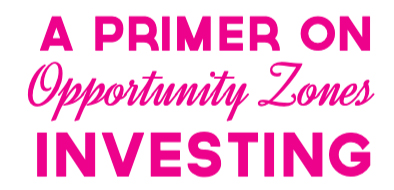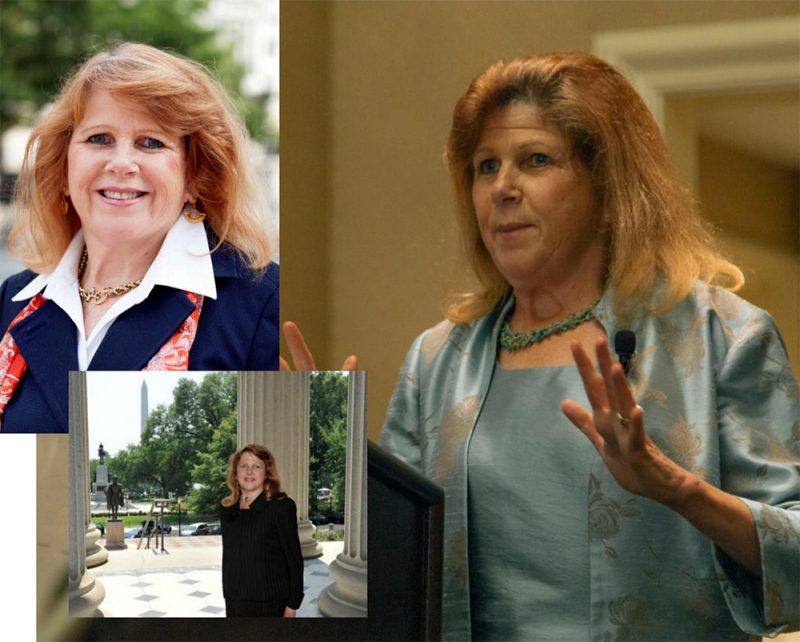The latest UCLA Anderson Forecast of California’s economic and housing market reports that housing will continue to cool into the year 2020 despite current job growth and strong economy. The economists attribute the weakening to falling home prices in major markets and decreased demand.
Economists anticipate the demand for housing will decrease in California’s major markets even though recent trends indicate the state’s overall economic strength, including improvements in the job market.
According to a report by CNBC, California’s average unemployment rate is expected to rise to an average of 4.5 percent this year and then decrease to 4.3 percent in 2020 and 2021. Also, the state has added the highest number of construction jobs, amounting to 28,500, in the past year.
Continue reading

 Login
Login

















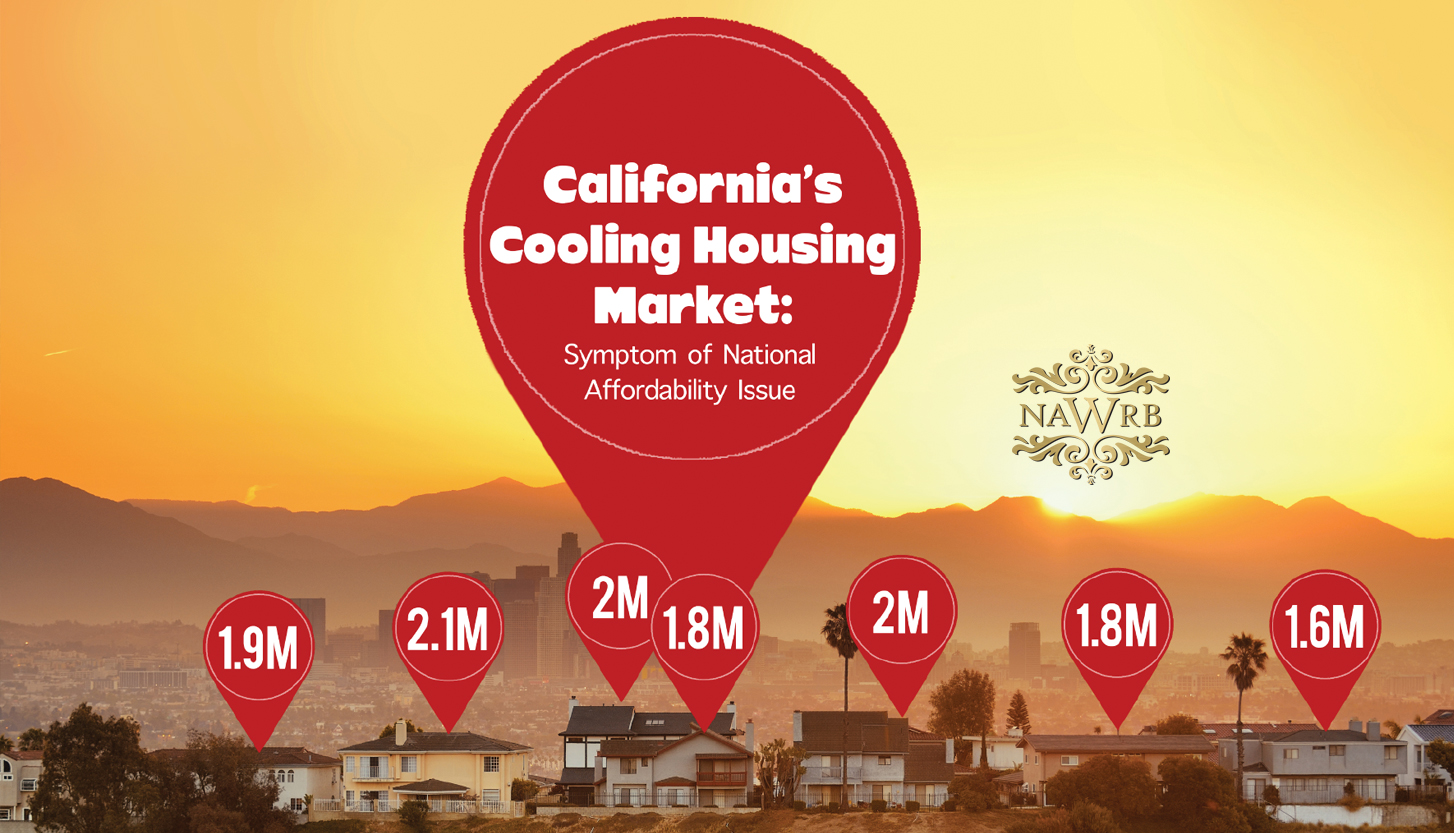
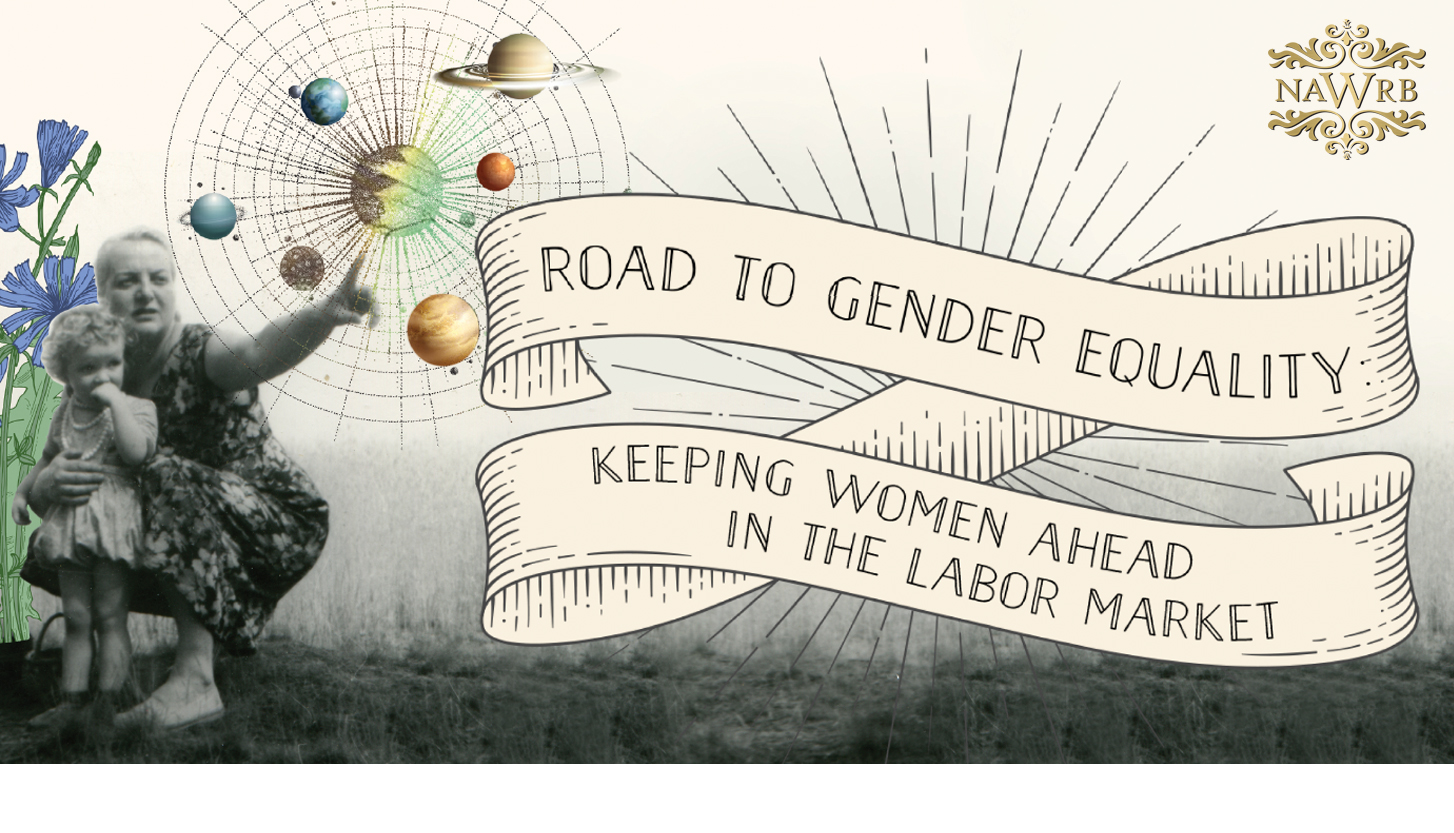
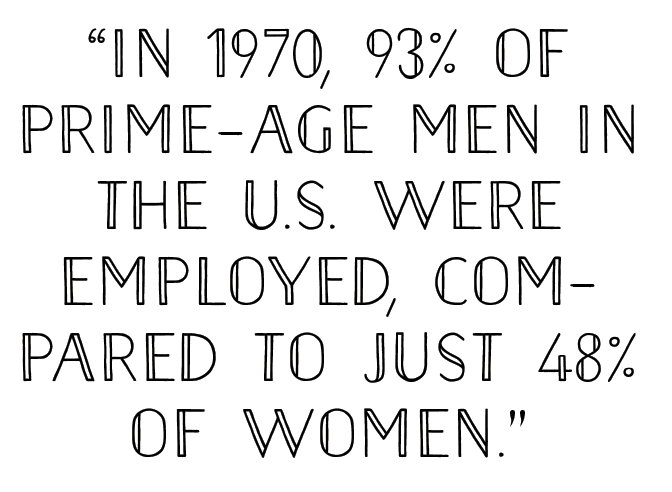 Yet, with all the struggle of women for equality, in recent years women—specifically Millennial women—have surged ahead of many of their male counterparts. Nearly 60 percent of all college students are women, demonstrating a growing gender gap (in favor of the female) in higher education—often times considered the “ticket” to a high-paying job.
Yet, with all the struggle of women for equality, in recent years women—specifically Millennial women—have surged ahead of many of their male counterparts. Nearly 60 percent of all college students are women, demonstrating a growing gender gap (in favor of the female) in higher education—often times considered the “ticket” to a high-paying job.
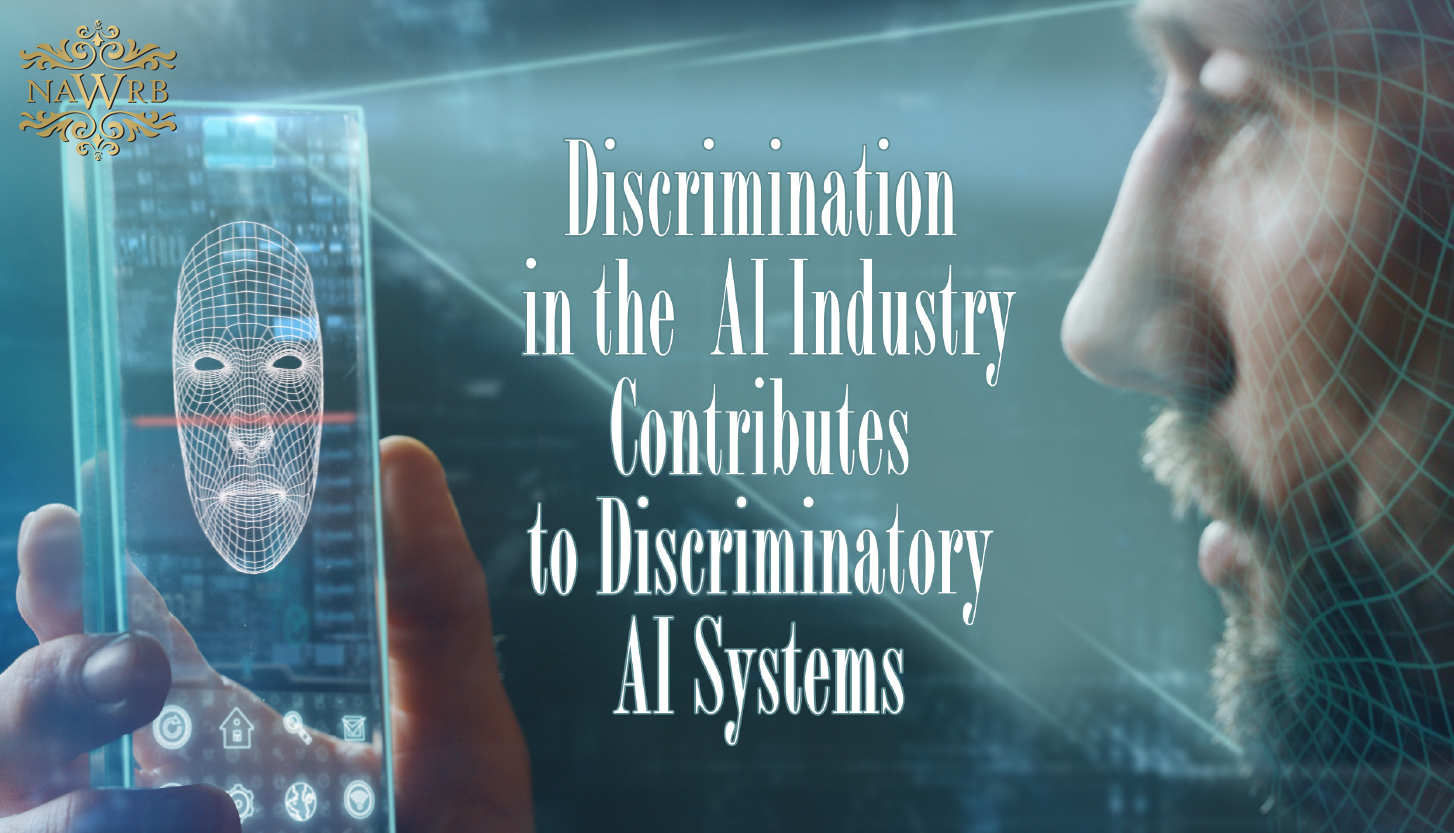

 As I look back on my twenty-five-year career in corporate America, I am struck by and struggle with the Diversity & Inclusion (“D&I”) and employee engagement mantra to “bring your whole self to work.” That might surprise you if you know me: I started my career working on D&I, and have worked on D&I inside and outside the workplace ever since. Some may even consider me a champion of D&I. But it is my passion for D&I that brings me to the conclusion that it is time to break the “bring your whole self to work” myth.
As I look back on my twenty-five-year career in corporate America, I am struck by and struggle with the Diversity & Inclusion (“D&I”) and employee engagement mantra to “bring your whole self to work.” That might surprise you if you know me: I started my career working on D&I, and have worked on D&I inside and outside the workplace ever since. Some may even consider me a champion of D&I. But it is my passion for D&I that brings me to the conclusion that it is time to break the “bring your whole self to work” myth.
